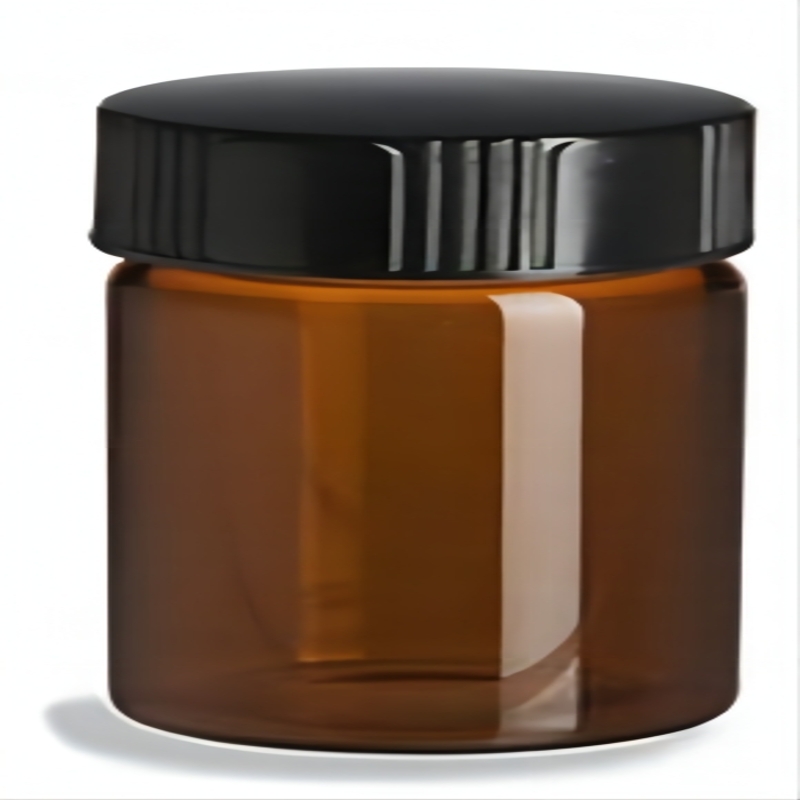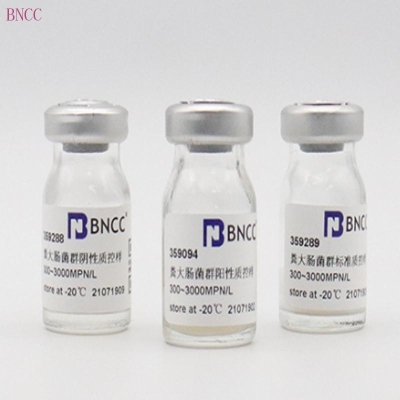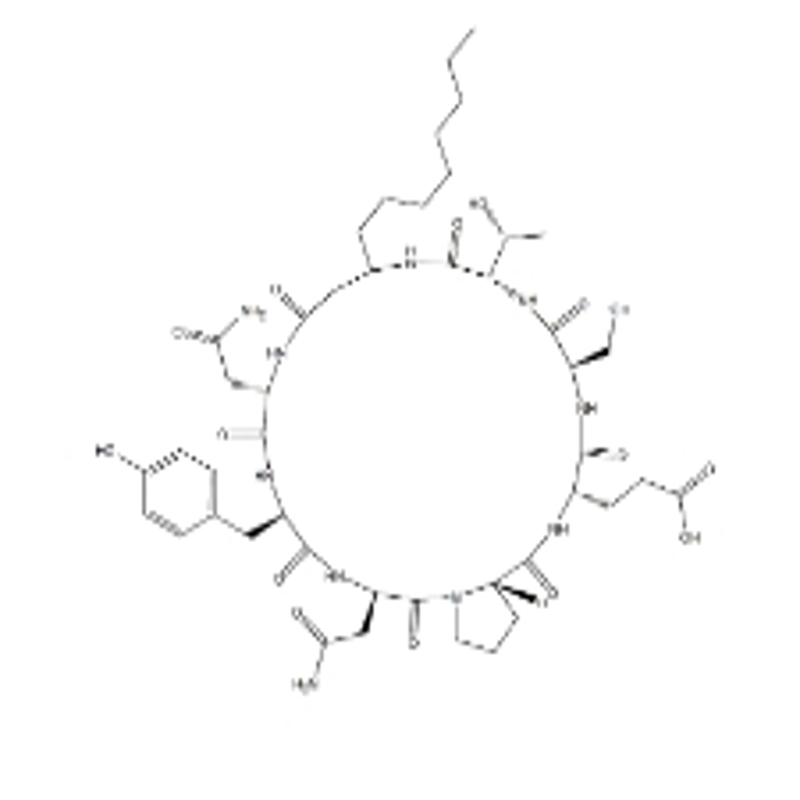-
Categories
-
Pharmaceutical Intermediates
-
Active Pharmaceutical Ingredients
-
Food Additives
- Industrial Coatings
- Agrochemicals
- Dyes and Pigments
- Surfactant
- Flavors and Fragrances
- Chemical Reagents
- Catalyst and Auxiliary
- Natural Products
- Inorganic Chemistry
-
Organic Chemistry
-
Biochemical Engineering
- Analytical Chemistry
-
Cosmetic Ingredient
- Water Treatment Chemical
-
Pharmaceutical Intermediates
Promotion
ECHEMI Mall
Wholesale
Weekly Price
Exhibition
News
-
Trade Service
In recent years, the development of high-throughput sequencing technology has promoted the development of a series of technologies suitable for microbiome research, and has also accumulated massive amounts of data
.
However, the complicated process of microbiome data analysis and the wide variety of analysis tools restrict the majority of researchers from entering this field
.
Bai Yang's research group at the Institute of Genetics and Developmental Biology, Chinese Academy of Sciences was invited by the Protein & Cell (IF: 14.
87) editorial department to write a review of microbiome data analysis methods
.
This review summarizes the advantages and disadvantages of commonly used microbiome sequencing technologies-amplicons and metagenomics, and recommends commonly used software, analysis procedures, and databases so that researchers can choose suitable analysis tools and methods
.
In addition, the statistics and visualization methods for downstream analysis of the microbiome are introduced, including methods such as diversity, species composition, difference comparison, correlation, networking, machine learning, evolution, and source tracing (Figure)
.
Finally, it introduces the recommended scheme of repeatable analysis.
I hope that this article will help fellow researchers choose suitable analysis tools, efficiently analyze the data, and effectively explore the biological meaning behind the data
.
Figure: Common visualization schemes for microbiome data analysis.
The research results were officially published in Protein & Cell magazine (DOI:10.
1007/s13238-020-00724-8) in May 2021
.
Senior Engineer Liu Yongxin and PhD student Qin Yuan of the Institute of Genetics and Development and Assistant Researcher Chen Tong of the China Academy of Chinese Medical Sciences are the co-first authors of the paper.
Senior Engineer Liu Yongxin and Researcher Bai Yang are the co-corresponding authors of the paper.
Professor Lu Meiping, Zhejiang University School of Medicine, Dr.
Qian Xubo and Guo Xiaoxuan from the Baiyang Group participated in this project
.
Related work is supported by the Chinese Academy of Sciences' Strategic Leading Science and Technology Special Project, Frontier Science Key Research Project, and National Natural Science Foundation of China
.
Image source: The official website of the Institute of Genetics and Developmental Biology of the Chinese Academy of Sciences Plant Biotechnology Pbj Exchange Group In order to more effectively help the vast number of scientific researchers to obtain relevant information, Plant Biotechnology Pbj established a WeChat group, Plant Biotechnology Journal submissions and literature Related questions, the content of the official account and the submission of the official account will be answered in the group.
At the same time, academic exchanges and collision thinking in the group are encouraged
.
In order to ensure a good discussion environment in the group, please add the editor WeChat first, scan the QR code to add, and then we will promptly invite you to join the group
.
Tips: When adding the editor WeChat and after joining the group, please be sure to note the school or unit + name, and the PI should be noted at the end, and we will invite you to join the PI group
.







